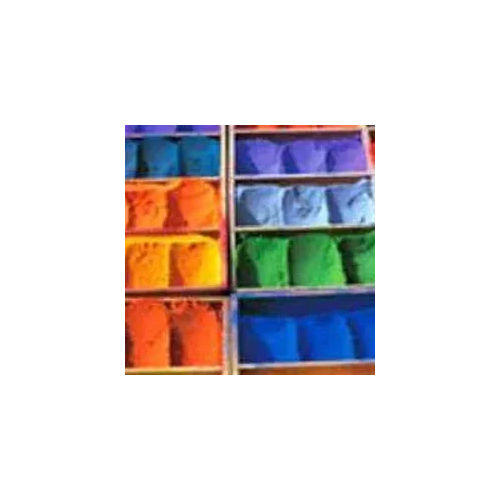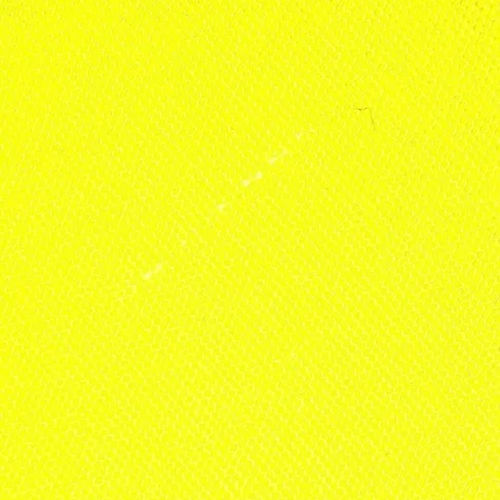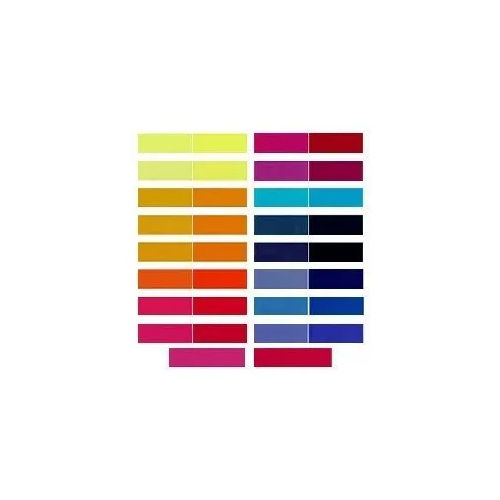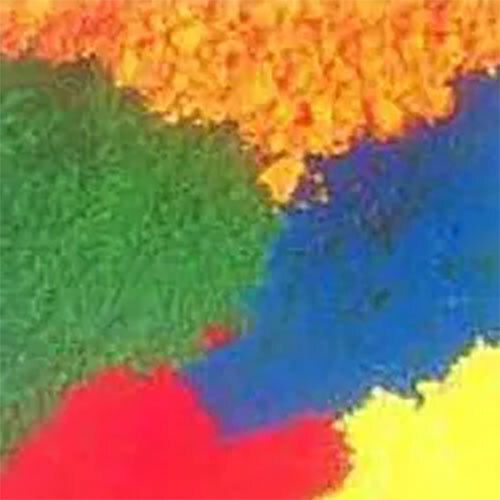Bifunctional Reactive Dyes
Price 70 INR/ Kilograms
Bifunctional Reactive Dyes Specification
- Molecular Formula
- Variable, based on specific dye type
- Taste
- Odorless, not intended for ingestion
- Purity
- >=98% (varies with grade)
- Poisonous
- No under normal conditions
- Solubility
- High in water
- Grade
- Industrial
- Water Resistance
- Excellent
- Resistance
- Good washing, light, and perspiration fastness
- Moisture (%)
- <1.5%
- Strength
- 100% (standard), variable upon customer need
- Smell
- Odorless
- Shape
- Fine Powder / Granular
- HS Code
- 320416
- Rubbing Resistance
- Excellent on suitable substrate
- Shelf Life
- 2 Years under recommended storage condition
- Structural Formula
- Variable, mixture contains both Vinyl Sulfone and MCT/other reactive groups
- Solvent Color
- Color in water according to type
- Application
- Textile Dyes, Cellulosic Fiber Dyeing
- Density
- 1.2 Gram per cubic centimeter(g/cm3)
- Size
- Customized packaging (10 kg, 25 kg, 50 kg bags)
- Usage
- Textile Dyeing and Printing
- Physical Form
- Powder or Granules
Bifunctional Reactive Dyes Trade Information
- Minimum Order Quantity
- 500 Kilograms
- Supply Ability
- 50000 Kilograms Per Week
- Delivery Time
- 3-7 Days
About Bifunctional Reactive Dyes
Some of the notable features of S Type Dyes are as follows:
- Good sublimation fastness property
- Can control heat treatment process after dyeing
- High temperature exhaustion property
- Maintain perfect physical state of wool and cashmere
- Very close dyeing properties
- Complete chromatogram
Application : S Type Dye is perfect for dyeing woolen and cashmere fabric.
MOQ 50kg :
| SHADES | PRODUCTS | C. I. NAME | CAS NO. |
|---|---|---|---|
| Lemon S3G | NA | ||
| Yellow S-3R | NA | ||
| Deep Orange S-4R | NA | ||
| Deep Cherry S-D | NA | ||
| Red S-B | NA | ||
| Ruby S-3B | NA | ||
| Ocean S-R | NA | ||
| Dark Blue S-GL | NA | ||
| Deep Night S-R | NA | ||
| Black NN | NA | ||
| Super Black G | NA | ||
| Super Black R | NA |
Superior Dye Fixation and Fastness
Harnessing the power of two reactive groupsVinyl Sulfone and MCTthese dyes achieve robust fixation on cellulosic fibers at optimal temperatures (6080C). The bifunctional chemistry elevates both color yield and fastness, making them ideal for diverse textile applications, including garment, home textiles, and industrial fabrics.
Versatile Application Methods
Bifunctional Reactive Dyes are engineered for compatibility with standard dyeing processes, including exhaust, continuous, cold pad batch, and pad dry pad steam. Their high solubility and anionic nature ensure consistent performance across varied methods, catering to both large-scale operations and specialized textile production.
Eco-Conscious and Safe for Textile Use
Manufactured to meet strict ecological and environmental safety standards, these dyes are free from hazardous substances and do not impart odor or toxicity under normal conditions. Their excellent washing, rubbing, and perspiration fastness further assure long-term textile quality with minimal impact on the environment.
FAQs of Bifunctional Reactive Dyes:
Q: How do bifunctional reactive dyes achieve superior color fastness?
A: The dual reactive groupsVinyl Sulfone and Monochlorotriazineform strong covalent bonds with cellulose fibers, leading to enhanced fixation and improved washing, light, and perspiration fastness, typically rated at Grade 45 per ISO standards.Q: What processes are compatible with these dyes for textile applications?
A: These dyes are suitable for exhaust, continuous, cold pad batch, and pad dry pad steam methods. Their high solubility and ionic nature ensure broad compatibility with various dyeing auxiliaries and cellulosic substrates.Q: When should common salt or sodium sulphate be added during dyeing?
A: Salt is generally added during the dyeing process to facilitate exhaustion of the dye onto the fiber, improving color uptake and consistency. The amount depends on the specific process and material being dyed.Q: Where are these dyes primarily used?
A: Bifunctional Reactive Dyes are widely used in textile manufacturing across major global markets, including South Asia, the European Union, North America, the Middle East, and Africa, for dyeing and printing cellulosic fibers.Q: What benefits do these dyes offer in discharge printing applications?
A: With good dischargeability, these dyes are well-suited for discharge printing, enabling clear, bright patterns and shades by selectively removing or deactivating color in specific fabric areas during processing.Q: Are these dyes safe for use in eco-friendly textile production?
A: Yes, the dyes are formulated to comply with international environmental and ecological standards for textile use, are non-poisonous, and do not emit harmful odors, making them ideal for sustainable manufacturing.Q: How should the dyes be stored for optimum shelf life?
A: Store in tightly closed HDPE bags, fiber drums, or carton boxes under recommended cool and dry conditions. Under these conditions, the shelf life reaches up to two years.

Price:
- 50
- 100
- 200
- 250
- 500
- 1000+
More Products in Reactive Dyes Category
Golden Yellow MR
Price 100 INR / Kilograms
Minimum Order Quantity : 500 Kilograms, ,
Application : Other, Used for coloring silk, wool, nylon and also used in making inks, paper, and plastics
Physical Form : Powder
Solvent Color : Golden Yellow
Solubility : Soluble in water
Reactive Hot Dyes
Price 90 INR / Kilograms
Minimum Order Quantity : 500 Kilograms
Application : Other, Dyeing of Cotton and Cellulose Fibers
Physical Form : Other, Powder / Granular
Solvent Color : Bright Intense
Solubility : Soluble in Water
Bi Functional ME Series Dyes
Price 70 INR / Kilograms
Minimum Order Quantity : 500 Kilograms, ,
Application : Other, Cellulosic Fibers (Cotton, Viscose, etc.)
Physical Form : Other, Powder/Granular
Solvent Color : As per shade
Solubility : Soluble in Water
Reactive Dyes
Price 70 INR / Kilograms
Minimum Order Quantity : 500 Kilograms
Application : Other, Cellulose Fibers (Cotton, Viscose), Wool, Nylon
Physical Form : Other, Powder / Granular / Liquid
Solvent Color : Bright, depending on specific dye shade
Solubility : Soluble in water
 |
MEGHA INTERNATIONAL
All Rights Reserved.(Terms of Use) Developed and Managed by Infocom Network Private Limited. |
 English
English Spanish
Spanish French
French German
German Italian
Italian Chinese (Simplified)
Chinese (Simplified) Japanese
Japanese Korean
Korean Arabic
Arabic Portuguese
Portuguese
 Send Inquiry
Send Inquiry




